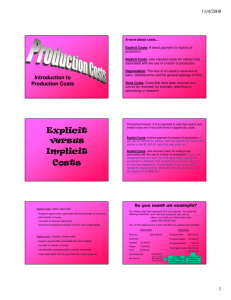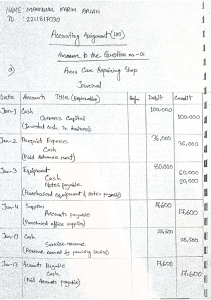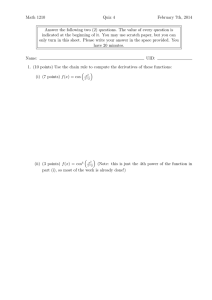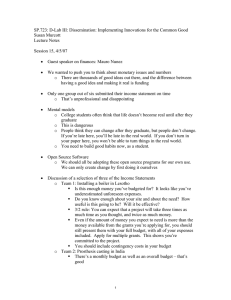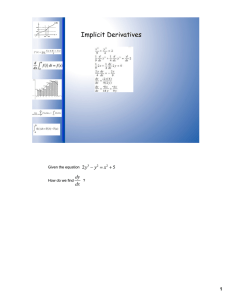Eric Slade
advertisement
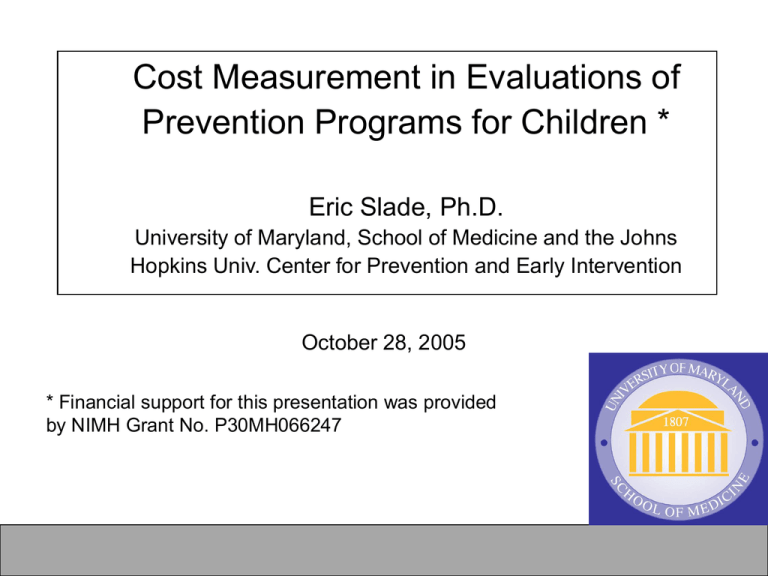
Cost Measurement in Evaluations of Prevention Programs for Children * Eric Slade, Ph.D. University of Maryland, School of Medicine and the Johns Hopkins Univ. Center for Prevention and Early Intervention October 28, 2005 * Financial support for this presentation was provided by NIMH Grant No. P30MH066247 Statement of the Problem • The reported costs of different programs often are not directly comparable. – Differences in methods used. – Differences in reporting. • High comparability of cost estimates across programs/interventions is obviously desirable. – How much would it actually cost? To whom? Overview • Examples • 7 Recommendations for Good Practice Example 1: Implicit Time Costs • Program A is nurse home visiting; program B is school-based mediation skills. • Suppose A could be implemented at lower monetary cost than B, but is it less costly? – A’s protocol specifies parenting training sessions 5 hours/week for up to 6 weeks. – B does not require parent involvement, but does require students complete homework. Example 1: Implicit Time Costs • How much time did parents contribute to each program? • What is the economic value of their time? – Depends on parents’ opportunity costs – not zero. – In principle, would be valued by the min. monetary inducement required to ensure their participation in the program. Example 2: Capital Expenses • Program B requires use of a classroom 5 hours per week for 9 months. – Participating schools donated space at no cost to the program. – Explicit valuation of the space is essential. • Not doing so would make B look artificially cheap. • Could use rental cost for similar space OR depreciation plus foregone investment return. Example 3: Related Expenses • Program A resulted in additional trips to primary care providers by case managers and parents. – Program B did not involve any services beyond the intervention. • May assign value to each trip, but may or may not include the costs of the primary care visits. Recommendations 1. Need a professional consensus statement on standards for reporting costs. – Prior to then, report technical specifications. 2. All resources utilized by a program or whose rate of use is influenced by the program should be assigned costs. 3. When theoretical perspective on cost is potentially ambiguous (e.g., societal versus the public cost) report two sets of measures. Recommendations 4. Report both total costs and costs per hour (or minute) per participant. 5. Report setup, operating, and follow-up costs separately, and state how setup costs were distributed to the program. 6. Discuss impacts of any assumptions about cost offsets. e.g., Programs A & B could both prevent school disciplinary events. Recommendations 7. Conduct sensitivity analyses on unit prices and probabilities adopted from external sources (e.g., special education costs). For More Information See E. Michael Foster’s website: www.unc.edu/~emfoster Scroll down to “new papers.”

